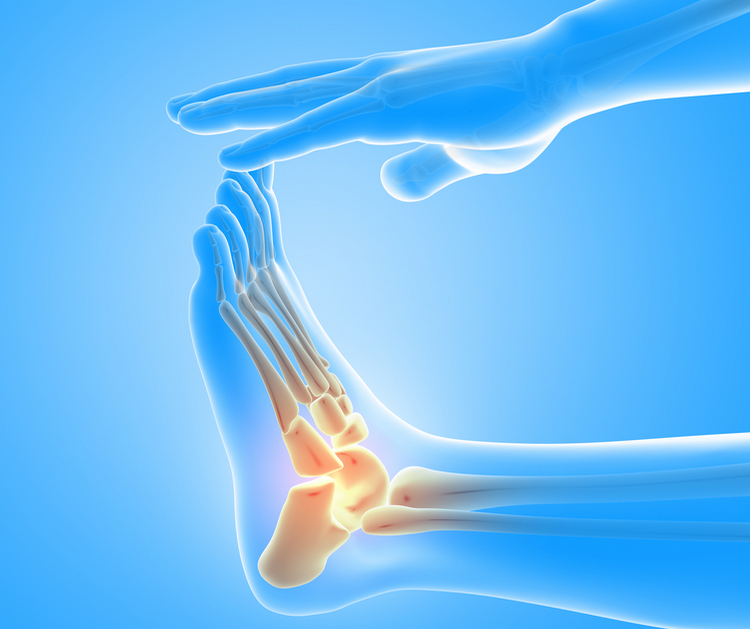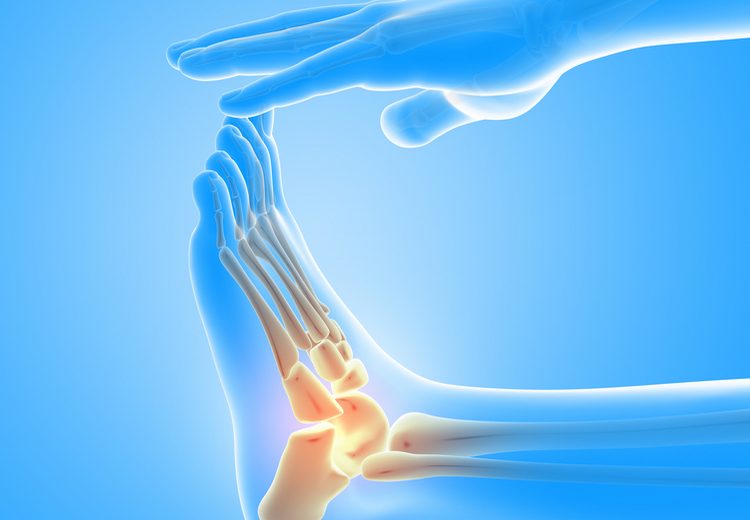
Worldwide, more than 1.71 million people have a musculoskeletal condition. Musculoskeletal conditions are the leading contributors to disabilities globally. The increase in these conditions due to the increasing population and people living longer makes orthopedic advances in bone regeneration using stem cell therapy essential for alleviating future suffering.
Why Stem Cell Therapy?
Table of Contents
Stem cells have an innate ability to become any specialized cell. They also continue to regenerate and rejuvenate the cells they replace long after they have been implanted. They are invaluable to the orthopedic community because they can become cartilage tissue, bone, and muscle.
Call now to speak to a Stem Cell Specialist
Stem cell transplants are safe, especially when using autologous stem cells (your own stem cells). Autologous stem cells eliminate contamination and rejection.
Using stem cells and bone regeneration, Orthopedists have greatly improved the treatment of their patients.
Treating Orthopedic Conditions with Stem Cells
While orthopedics is a vast field, bone, muscle, and cartilage injuries are ideal for using stem cells as a complementary treatment.
Osteoporosis
Osteoporosis is the leading form of bone disease and is responsible for nearly nine million fractures worldwide. This disease decreases the density and mass of the bone, making it brittle and porous. The body is unable to heal this bone damage. Therapies using stem cells, either as a complementary treatment to the patient’s current regimen or as a solo treatment, stimulate bone cell growth and strengthen the bone.
Chronic Back Pain and Arthritis of the Back
Arthritis of the back and chronic back pain are leading complaints of people in their thirties through retirement. Current treatments are often physical therapy, non-steroidal pain meds, and anti-inflammatories. While none of these are invasive, no one wants to live with chronic pain. Stem cells are used to regenerate spinal tissue while decreasing inflammation and pain. As the tissues rejuvenate, more mobility is regained.
Osteoarthritis and Tendonitis
Osteoarthritis is a condition that affects the smooth tissue of the bone’s ends where the joint allows fluid movement in a joint such as your knee or elbow. When this cartilage is worn away, it becomes difficult to move as easily and can be very painful. Osteoarthritis can be debilitating in the older population and often leads to joint deformity and limited mobility. These injuries include pain, swelling, and inflammation. Whether acute or chronic, stem cells rejuvenate the joint and cartilage damaged, reducing pain and decreasing inflammation. As the stem cells grow in number, mobility is improved, and pain decreases, improving the person’s quality of life.
Tendonitis is pain and inflammation of soft tissue holding muscle to a bone. Because it is very slow to heal, it can be extremely painful. Unfortunately, when it does heal, there is a loss of function and a tendency for the tendon to become reinjured. Stem cells used in tendonitis speed up the rate of healing during rejuvenation, reducing pain and decreasing swelling in the area.
Degenerative Disc Disease
Wear and tear to your vertebral disc leads to degenerative disc disease. It can also lead to pinched nerves and herniated discs. These conditions are painful and debilitating, especially as you become older. Current treatments include non-steroidal pain meds, narcotics for severe pain, extensive physical therapy, and eventually surgery. Post-surgical recovery is very long and sometimes doesn’t work as well as was expected. Many continue to suffer from pain despite surgery.
In this case, stem cells and bone regeneration can provide great relief after implantation. Stem cell therapy is less aggressive than surgery. Stem cells regenerate the discs and reduce post-surgical and chronic pain.
Bone Fractures
Whether your bone fracture is due to trauma, a tumor, or osteoporosis, Orthopedics uses stem cells to regenerate new bone. Because these cells can grow new bone cells and regenerate damaged tissue and muscle in the same area, stem cells are the ideal treatment for fractures.
The bone grown is just as strong as the original bone, but it continues to create new bone cells, enhancing its strength.
Stem cells used in bone repair can be used alone or combined with growth factors, scaffolds, and biomaterials to speed up healing and strengthen the fracture site. As in other bone-related conditions, stem cells also help reduce post-surgical inflammation and pain.
Knee Injuries
One of the most common knee injuries is a tear in the inner knee ligament, commonly known as an MCL (medial collateral ligament) injury. Surgery involving a grafting procedure is used to treat an MCL injury. Recovery from this injury is very long, with some loss of functioning with more severe injuries.
Stem cell use in this injury complements the body’s healing process to rejuvenate the ligament tissues, improving the knee’s function more efficiently and reducing pain.
Rotator Cuff Tears
Your rotator cuff comprises four tendons that cover the head of your humerus and attach to your shoulder blade, helping it maintain stability and movement. Once a tendon is torn, the person suffers shoulder pain, loss of movement, and weakness. Repetitive movement is a common cause of rotator cuff injuries. Most rotator cuff injuries require surgical intervention, long healing times, and extensive physical therapy.
The use of stem cells requires a smaller incision, if any. Regeneration of the tendon(s), decreased pain and inflammation, and a quick recovery period with increased function.
Stem cells and bone regeneration have proven to be a boon to Orthopedic medicine. They have improved the overall health of the bone, cartilage, muscle, tendon, and ligaments, decreased the healing period for musculoskeletal injuries, and continue to regenerate the target issue long after it is implanted, reducing pain and inflammation. The most important effect of stem cells is the improvement in a person’s quality of life.
Even top athletes have relied on stem cell therapy to treat their own injuries. We share with you the case of NBA player Karl-Anthony Towns.
Our stem cell experts at ProgenCell are dedicated to offering you quality autologous stem cell therapies that will improve your quality of life, reduce pain, and increase your mobility. Our high-quality stem cell therapy is more affordable than those offered in the US. All stem cell therapy starts with a telemedicine visit to determine your needs and if our therapies will improve your condition. Contact us today to assess your knee injury, stem cell treatment for heart failure, stem cell therapy for alzheimer’s, stem cells for COPD, stem cell therapy for autism, stem cell therapy for knees, stem cell therapy for sjögren’s syndrome and more.










